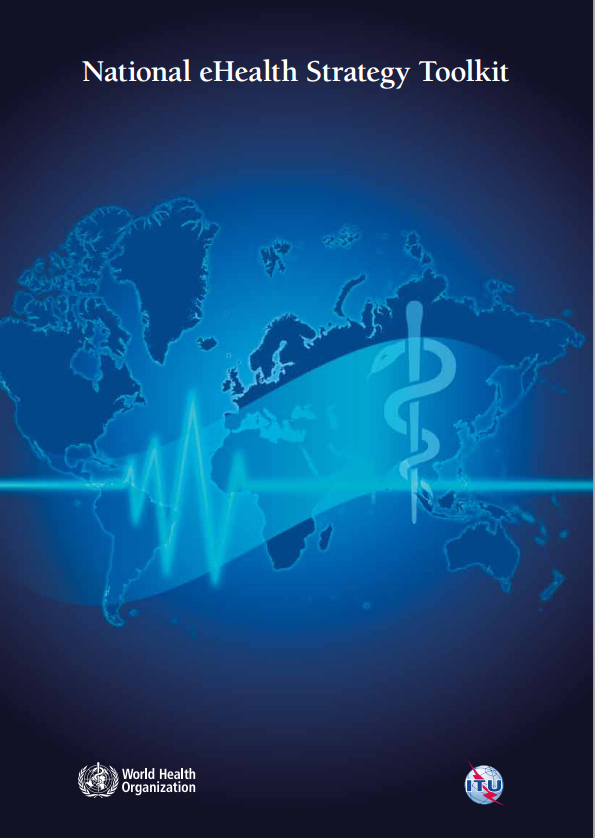 The case for eHealth
The case for eHealthToday eHealth is changing health care delivery and is at the core of responsive health systems. Whether to deliver care, deploy personnel, conduct research or support humanitarian action, at every level and in every country the business of health relies on information and communication and, increasingly, on the technologies that enable it. Technological advances, economic investment, and social and cultural changes are also contributing to the expectation that the health sector must inevitably integrate technology into its way of doing business. The World Health Organization defines eHealth as the use of information and communication technologies (ICT) for health. In its broadest sense, eHealth is about improving the flow of information, through electronic means, to support the delivery of health services and the management of health systems.
The need for national planning
Experience has shown that harnessing ICT for health requires strategic and integrated action at the national level, to make the best use of existing capacity while providing a solid foundation for investment and innovation. Establishing the main directions as well as planning the detailed steps needed are key to achieving longer-term goals such as health sector efficiency, reform or more fundamental transformation. Collaboration between the health and ICT sectors, both public and private, is central to this effort. As the major United Nations agencies for health and telecommunications respectively, the World Health Organization (WHO) and the International Telecommunication Union (ITU) have recognized the importance of collaboration for eHealth in their global resolutions, which encourage countries to develop national eHealth strategies: this Toolkit supports those recommendations. Ministries of health play a pivotal role, not only in meeting people’s needs for care and protecting public health, but in preserving health systems through uncertain times. Ministries of information technology and telecommunications are key to development in all spheres, and can make a vital contribution to the health sector. Common goals and a predictable ICT environment enable coordinated action: building consensus on policy, facilitating better use of shared resources and involvement of the private sector, and investment in skills and infrastructure to improve health outcomes.
Purpose and audience
The National eHealth Strategy Toolkit is a resource for developing or revitalizing a country’s eHealth strategy, from countries just setting out to those that have already invested significantly in eHealth. This includes countries that are seeking to build on promising results from pilot initiatives, establish foundations for scaling up eHealth projects, or update strategies to reflect changing circumstances. The Toolkit can be used by government health sector leaders in ministries, departments and agencies who will manage the development of an eHealth strategy. Its application requires a team experienced in strategic planning, analysis, communication and stakeholder engagement.
Overview of the Toolkit
The Toolkit is designed in three parts, with each part building on the work of the previous one:
Part 1: Develops a national eHealth vision that responds to health and development goals. Explains why a national approach is needed, what the plan will achieve, and how it will be done.
Part 2: Develops an implementation roadmap that reflects country priorities and the eHealth context. Structures activities over the medium-term, while building a foundation for the long term.
Part 3: Establishes a plan to monitor implementation and manage associated risks. Shows the progress and the results of implementation and aids in securing long-term support and investment.
Each section describes the activities required, along with practical advice informed by real-world experience.
Countries can undertake the entire set of activities, or those specific to their context and constraints.
How theToolkit is used, and the end result, will depend on a country’s context, priorities and vision.